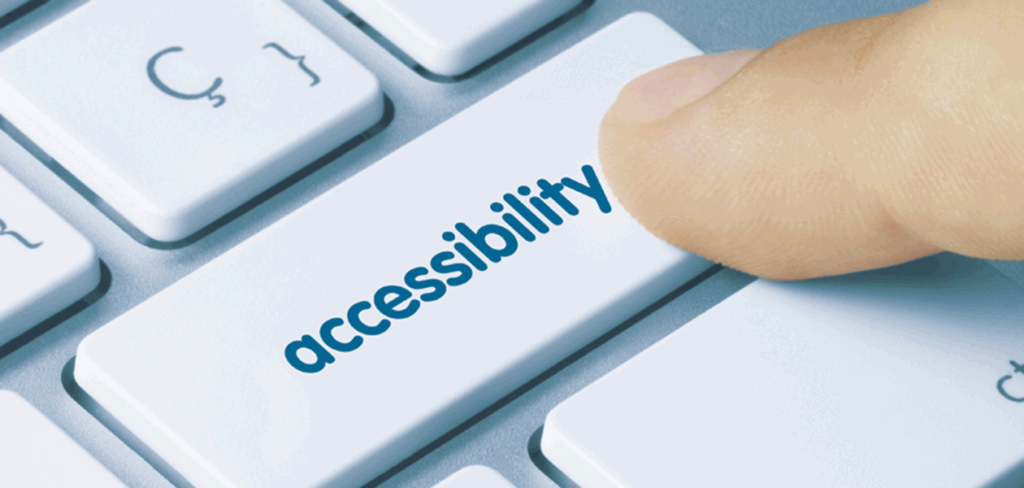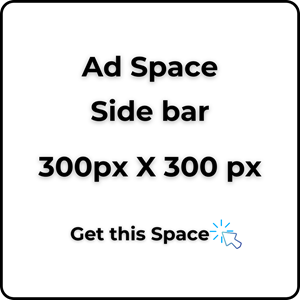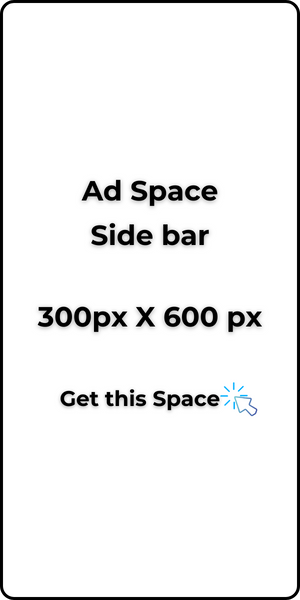Accessible buildings are buildings that are fit to an acceptable degree for persons with any form of impairment. So, I ask again, is your building accessible?
Making a design accessible is a challenge in any design; digital or non-digital. Even websites have accessibility requirements such as alternate texts, font sizes, colours, etc. It’s often easier to design believing that all users of our products don’t have anything that affects them when using our designs.
During my Master’s degree, my final year project was to design a Performing Art Center with a focus on accessible buildings. I had to study the various requirements that when utilized effectively, will render a building fit and accessible for persons with any form of impairment. Note that universal designs are accessible designs.
ADA means Americans with Disabilities Act. It’s an international standard document that provides guidelines for designing for accessibility. ADA requires all designers to provide equal access and opportunities to every user, irrespective of limitations.

Are you ADA compliant_©https://www.accessibleplayground.net/playground-resources/ada-and-playgrounds/?doing_wp_cron=1674404845.1086699962615966796875
Accessibility checks in simple term is a checklist for identifying if a building is fit and suitable for persons with an impairment. According to Techopedia, Accessibility testing seeks to understand how well digital content complies with established usability standards for persons with an impairment.
While the latter definition applies to digital products, the test we wish to discuss here applies to building products for persons with mobility impairment, visual impairment, and hearing impairment. Every design must put them into consideration to an acceptable degree.
I would not go into full description by writing details and specifications, but here are a few checklists to rouse your mind on what to look out for. You may be physically fit today and you may need to have an accessible building fitting tomorrow.
1. Mobility impairment

Mobility impairment_©freepik by regreystock
In designing for persons with only mobility impairment, considerations are made with respect to the following.
Check for ramp, handrail, and ramp slope; should be gentle and should have a non-slip surface. Minimum width 900mm (3 feet).
Check for guards/up-stands/kerbs along pathways.
Check the door opening size; minimum of 900mm (3 feet).
Check for accessible doors; usually permits swing in both directions and have a kick plate.
Check corridor widths; minimum of 1500mm (5 feet), recommended 1800mm (6 feet).
Check for accessible parking on site; minimum of one every 25 parking spaces.
Check for accessible toilets (minimum 1500mm diameter turning circle); minimum of one for each gender and must be marked as accessible.
Check for changes in surface height above 13mm; such changes should be ramped.
2. Visual impairment
In designing for persons with only visual impairment, we consider colours and the removal of obstructions.

Visual impairment_©freepik by vectorjuice
Check the colour of elements like doors; should contrast with the colour of the surrounding surfaces so as to be distinguishable for these persons.
Check for obstacles protruding into the corridor, vertical heights of obstruction; overhanging signs dropping from any height must have a clearing of 2100mm (7 feet) to avoid hitting heads into objects due to poor sight. All obstructions must be within a cavity.
Check for proper illumination in all spaces, especially for stairs and lobbies.
3. Hearing impairment
For persons with only audio impairment, considerations are made with respect to the following.

Hearing impairment_©freepik by pch.vector
Check that all spaces are equipped with an audio-visual alarm system that has a bell and light signals to alert visually impaired and hearing-impaired users simultaneously.
Check for Assistive listening systems, especially in public buildings.
Check for Signages with lightboards.
Note that I speak of impairment, which means they have a degree of ability to move around on their own if need be. Persons with multiple impairments will require assistance and are not expected to move around on their own.
This public building fails the accessibility test. Apart from having indiscriminate raised floors with no ramp in site, the presence of the hose reel in this position poses a threat to persons with visual and mobility impairments.

Accessibility Check
The design requirement says to remove any obstruction as they may not see it or see the obstruction clearly. The use of recessed wall cavities caters to the placement of safety elements like this hose reel.
In the exterior design of buildings, designers do not enjoy the look of ramps, and the inconvenience of incorporating them into a design but some architects have been able to do it effortlessly. Consider the Jinghe new city culture art centre by Zaha Hadid Architects.

Jinghe new city culture art centre_©Zaha Hadid Architects
Gentle ramp slopes were incorporated into the building form.
If you have tested your building for accessibility and it’s a cause for concern, you can reach out to us by clicking on WhatsApp here.
Why you should keep in mind Inclusive design in buildings – accessibility.
His name is Chisom Orogwo.
He went to link his NIN to his mobile number and was denied attendance because the machine was designed to capture 2 blinking eyes.
He had never felt terrible about his condition until that day.
Product design must be inclusive.
All-inclusive design is a design strategy used to create finished products or buildings that accommodate and can be utilized by people of all types.
How can you buy or design a product that only people with 2 eyes can use?
How do you include persons with mobility, visual and audio impairment in facilities meant for the public?
READ ALSO: Door Swings for Safety and Security.
Our buildings are not left out, especially public buildings. Tiny toilets and bathrooms, no ramps or lifts, no care to handrails and positions, no attention to door colours, door dual swing and handle position or type.
You will not bother now until you have a family member who needs a wheelchair.
And he or she cannot use the bathroom or move from one floor to another.
They are confined to the ground floor which you have to carry them across, if only you put that ramp, and they can easily wheel themselves up when you are not around.
If only your toilet space is big enough with a toilet railing for wheelchair users.
If only that bathroom was designed to allow them to wheel in, use the railing, and transfer to a bath stool.
They can easily move around without bothering you.
READ ALSO: Window type usage in Residential Buildings.
For people with audio impairment, you fix special alarm lights to warn them of danger.
Note that inclusive design is expensive and cannot be achieved at a 100% rate, but the relief it gives knowing that they have access to facilities just like every other person is the goal.
This is why you need an Architect to design your building.
You may be whole today and have a need for these facilities tomorrow.
It may be your friend; it may be your visitor.
Every home/building design must be an inclusive design.





